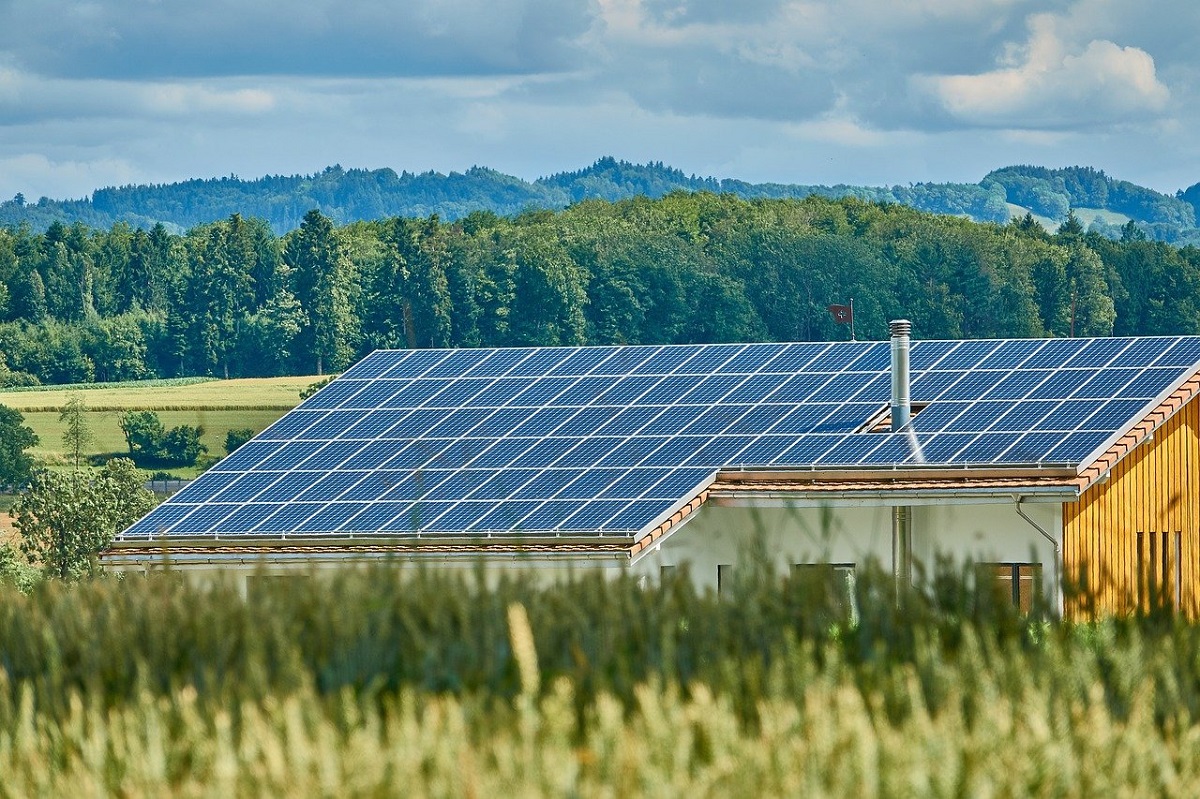On the threshold of autumn, the energy crisis and the reduction of gas deliveries to the European Union (EU) are increasingly raising the uncertainty and fear of how the winter will be spent. In the Union, finding alternatives to Russian gas before the start of winter is the number one priority. Whether there will be energy for the citizens, but also for the economy, is a challenge that the EU countries will have to deal with.
The green agenda, which was a top priority in the Union, seems threatened by the current situation. Politically, the green agenda, i.e. the increase of capacities in renewable energy sources, remains high on the list of priorities of European politicians. But not only declaratively, but the green agenda is also implemented in these circumstances as well. The announcement is that the energy crisis and the shortage of gas will not end this winter, but it is possible that this situation will last and go in favor of increasing capacities for renewable energy sources.
Alternatives must be sought because it seems that the way the economy and the energy sector have functioned so far is changing rapidly. Changes are not easy, but they also bring opportunities. The good news for both the economy and the citizens is that the development of new production capacities, technologies, and innovations is not reduced only to declarative commitments. Even on specific steps. It is also good news for investors because institutional or systemic support reduces risk and creates better investment conditions.
An example of a concrete and very significant step is the European Commission‘s decision to allocate funds in the amount of 1.2 billion dollars for the investment of photovoltaics in the agricultural sector in Italy. These funds are of great importance for Italy, a country that suffered serious damage during the pandemic. They will not only contribute to the development of the agricultural sector and increase the installed capacity of photovoltaics but will also reduce CO2 emissions.
Support for increasing solar capacity in the agricultural sector is also important from the point of view of reducing costs and increasing the competitiveness of products, which is especially important in conditions of huge growth in food prices. In addition to other benefits, reducing costs and creating conditions for greater sustainability are one of the main benefits of renewable energy sources. The financial aid of 1.2 billion euros will be an incentive for other investments in Italy.
This is not the only political project aimed at encouraging greater use of renewable energy sources. Italy is expected to commission a new 5.1 GW during 2022. The government encourages green investments through various measures, and there is institutional support in the area of connection to the network of new renewable capacities. About 0.64 GW of renewable energy was connected to the grid in the first four months of the year alone. This dynamic is indeed optimistic, considering the country’s plan to produce 50 GW of solar energy by 2030, as envisaged by the Italian national plan. At the moment Italy has installed 22.56 GW of solar energy.
However, Italy has great potential for solar energy and wind energy, but in order to attract more investors, it will be necessary to work even more on improving the conditions for investment and improving the business climate, especially in the area of easing the procedure for obtaining permits and the pricing model for energy from renewable energy sources.

